Although it’s completely normal to want to share a bit of joy with your best pup by giving them a piece of chicken from the KFC bucket, you need to be aware that you can be getting into much more than you originally bargained for.
Picture the following scenario:
Your back’s turned, peeling off a sinewy piece of goodness for your pooch. Next thing you know, you spin around to find your canine pal snout-deep inside the container going absolutely chook-crazy!
Surveying the damage in the aftermath, you then realize that your dog has seemingly swallowed a chicken wing whole- bones and all.
In a panic, you try to reassure yourself with the fact that dogs have always consumed meat and bones as part of their diet for what’s now been millennia.
You’d be partially right.
The meat itself of course should pose no significant problems as the dog’s stomach acids will be able to break down protein easily enough.
However, the size of the portion of meat that it swallowed can be an issue as it can quite readily become lodged in the throat.
Any chicken bones that were swallowed along with the chicken wing may also cause issues such as choking or intestinal obstruction.
Bone fragments can also splinter and potentially injure the internal organs– especially if the chicken wing is cooked (as it usually is when it arrives from KFC) as opposed to raw.
As you might imagine, internal injuries are extremely painful. In the worst case scenarios, choking, intestinal blockages, and perforations can all be fatal issues.
So, what should you do now that your dog swallowed a chicken wing whole?
Keep calm and read on to find out what you should do next!
Can Dogs Eat Chicken Wings Whole?
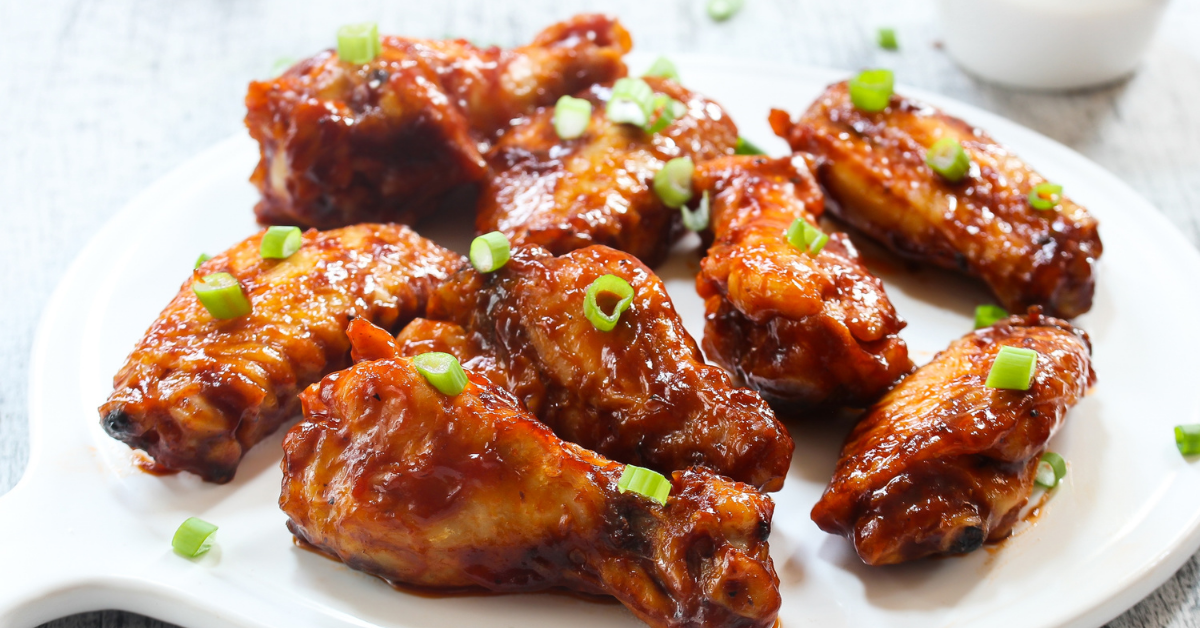
It isn’t surprising or unexpected to see dogs devour meat (unless it’s rotten, mind you), but inhaling a large piece of chicken wing with the bone intact can be an unquestionably dangerous endeavor.
When a dog has eaten chicken wings whole, the meat aspect shouldn’t be an issue at all.
However, if the pup didn’t tear the protein into bite-sized pieces, it can still choke and cough as the chicken wing can become stuck in the throat.
Regardless, the biggest issue with chicken wings isn’t with the meat; rather, the bones present the biggest potential problems.
Cooked chicken bone is more brittle, and can splinter very easily when chewed on. This can subsequently cause internal injuries that can be very troublesome to deal with.
On the other hand, raw chicken bones are tougher- and therefore less likely to shatter into sharp pieces.
Once the chicken wing is inside the digestive system, the meat will be broken down inside the stomach while the bones will only be partially digested. Any residue of chicken bones will be passed into the stool.
Can Dogs Digest Cooked Bones?
Although it is common to see dogs gnaw and chew on bones, digesting cooked bones is another story altogether.
Thankfully, dogs have developed some ability to break down and digest parts of cooked bone.
When it comes to chicken wings, the intestinal enzymes will be able to break down the outer layers of bone.
Any undigested pieces may take up to two days- or even a week!– before they appear in the feces.
Factors such as age, breed, size, daily activity, and regular diet will affect bowel movements and therefore change the time it takes for any residue of bone to end up in the stool.
For instance, a dog eating large amounts of meat as part of its diet will process food much faster than if it were primarily eating grains!
What Happens If My Dog Swallowed A Chicken Wing Whole?
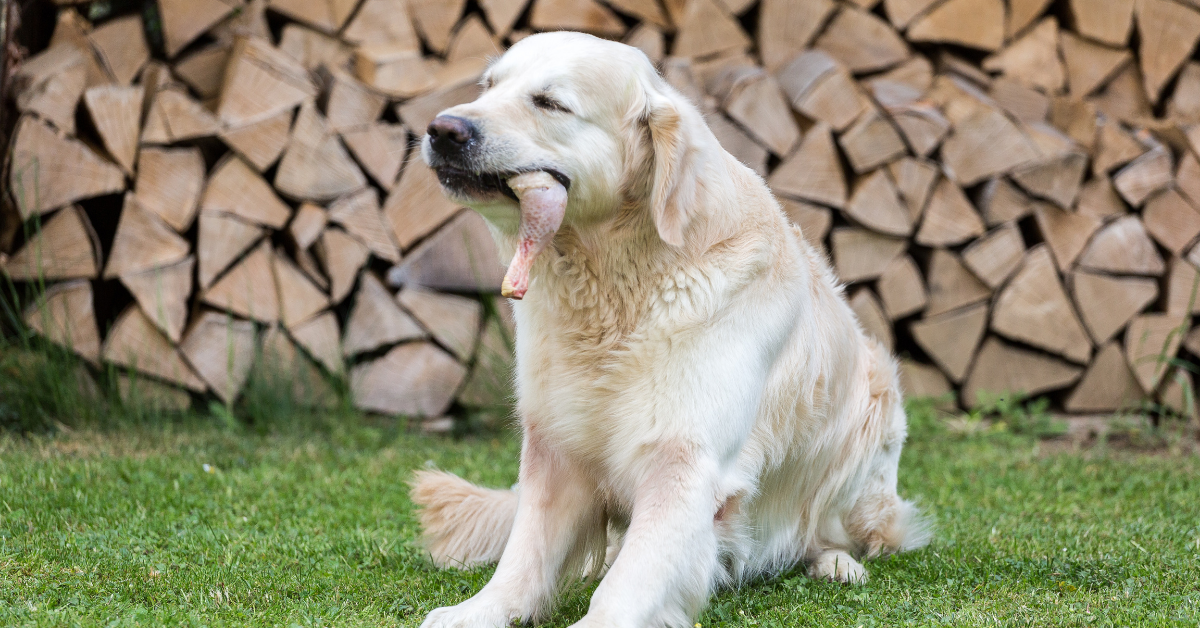
Believe it or not, most pups will simply go about their day as per usual not even 10 seconds after inhaling a whole chicken wing.
Truly, it’s amazing.
However, on the unfortunate rare occasion, some dogs will experience issues such as choking or gastrointestinal discomfort either immediately or gradually following ingestion.
If nothing happens in the initial moments after they swallow the chicken wing, the best thing to do would be to monitor your dog’s behavior and bowel movements carefully over the next few days.
If your dog has somehow gotten its paws on raw chicken, any concern for bacterial issues such as salmonella can often thankfully be disregarded as canine digestive systems have developed strong resistances to many bacterial problems.
Choking
In the event the chicken wing doesn’t go straight to the dog’s stomach as intended, it may be because it has become stuck in the esophagus and subsequently resulted in choking.
Dogs that have a habit of swallowing or scoffing down food and treats (such as rawhide strips) without properly chewing are at greater risk of choking.
Signs of choking can include:
- Excessive drooling
- Gagging and coughing
- Pawing at the face
- Difficulty breathing
The signs that are exhibited can differ depending on how far the chicken wing has travelled down the throat. These signs are typically displayed during the first few minutes following ingestion.
If the chicken wing is stuck somewhere in the mouth, a dog may drool, lick excessively, paw at its mouth, or ‘chew air’ in an attempt to dislodge pieces of chicken or bone.
The further down the airway the chicken wing is, the more likely your dog will also salivate heavily, sneeze, cough, and experience severe breathing issues.
Once the chicken wing is lodged in the esophagus, a dog will experience significant pain and begin to breathe in short bursts. It may also vomit in an attempt to expel the foreign material.
Perforation
Internal injuries can develop after a dog has eaten chicken bones as the bones have the capability of splintering and damaging the integrity of internal structures.
In rare cases, the bone can puncture the organ walls and cause perforations. This can subsequently lead to a condition called peritonitis, which is as painful as it sounds and which will require hospitalization.
As mentioned earlier in the above section, perforations are more likely to occur with cooked bones since they are more brittle when compared to raw bones.
Intestinal blockage
Gastrointestinal obstructions are another problem that can develop following the ingestion of chicken wings- especially if relatively large pieces of bone were swallowed.
Bones that are eaten can cause significant impediment within a dog’s digestive tract as they may become stuck within the intestines.
This will prevent other food from passing freely and thereby lead to abnormal or unavailable bowel movements.
There are several possible signs of internal blockage, such as:
- Constipation
- Lethargy
- Diarrhea
- Difficulty defecating
- Blood in stools
- Visible bloating
- Lack of appetite
- Discomfort or restlessness
Dehydration and vomiting are also relatively common signs of intestinal obstruction. It also wouldn’t be surprising to see your dog throw up white chunks of bone over the following days, so keep that in mind!
What To Do If Your Dog Swallowed A Chicken Wing Whole
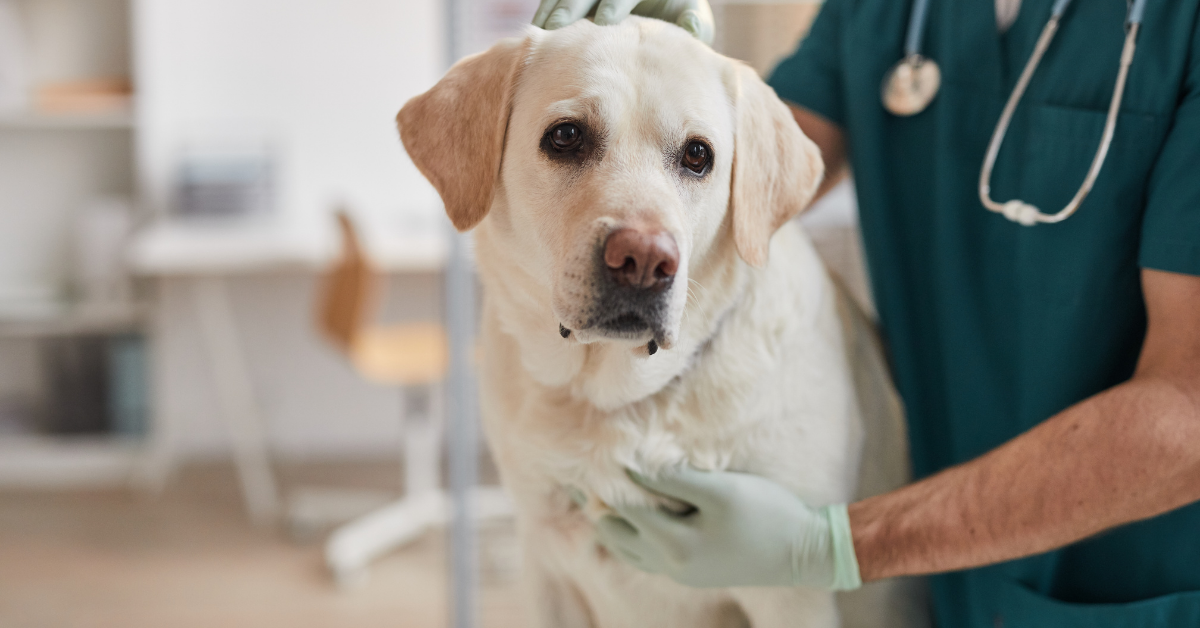
First and foremost, it is vital to remain calm and assess the situation quietly in order to prevent unnecessarily agitating your dog.
Try not to chase, yell at, show anger towards, or otherwise discipline your dog immediately following the chicken wing-eating episode as this will likely only make your dog more anxious and afraid.
This can be detrimental as not only will they try to run away as quickly as they can, but will probably also gulp down whatever might still be left in their mouth even more rapidly!
As you might imagine, this can be very dangerous.
Most of the time a dog should be fine after it has eaten chicken wings and bones, but it’s still best to monitor their behavior and poop over the next few days for any irregularities.
If the dog is behaving normally in the days following, has a regular appetite, and exercises like it usually does, then there shouldn’t be too much to worry about.
However sometimes problems do occur, and the exact approach you need to take will then depend on the signs that are exhibited.
Here are 4 chronological steps you can take to ensure the safety of your best friend:
1. Check If The Chicken Wing Is Still Inside Your Dog’s Mouth
If at all possible, check inside your dog’s mouth to see if the chicken wing can be removed safely using your fingers.
During this process, it is crucial to stay calm to minimize distress as it is easy for both a dog owner and the dog to be injured at this point.
If you can see the chicken wing but are unable to take it out yourself for whatever reason, immediately ask for help from your vet!
For pieces of bone that are really lodged in there, sedation may be required to remove the offending material that is stuck in the mouth or the back of the throat.
2. Monitor For Choking
If the chicken wing gets stuck in the mouth, the back of the throat, or within the airways, the dog will choke as an unfortunate result.
It is important again to check the mouth, and if the chicken wing cannot be removed the Heimlich Maneuver may be necessary to displace the object.
Whenever you are uncertain of what to do, always call the vet for assistance.
They may ask you to bring your dog in immediately or perform emergency measures to remove the chicken wing.
At this point in time, you should definitely refrain from inducing vomit.
This is due to the fact that if the wing gets pushed back up the throat, it can become stuck and cause more issues.
For instance, due to the likely presence of rigid bone material, painful (and potentially life-threatening) lacerations can be caused if sharp edges are present!
3. Monitor For Intestinal Blockage
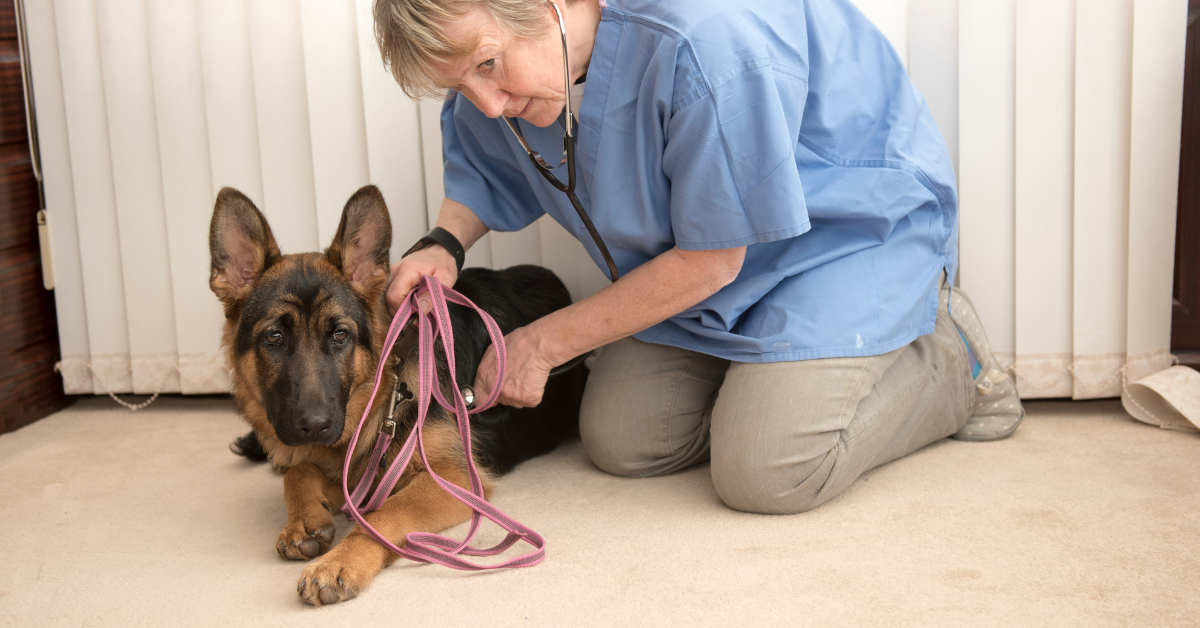
It’s always important to monitor the ‘poop’ situation closely after a dog has eaten chicken bones.
If the pup has regular bowel movements, stools of a good, consistent quality, and experiences no changes in their appetite or water intake over the following days, then it should be in the clear.
However, if after five days (or a period otherwise advised by your vet) there are still no signs of any bones in the poop, you may then need to take your pooch into the clinic for an examination.
Doing so is important as to ensure that there are no fragmented pieces of bone lodged anywhere in the digestive system.
It goes without saying that if your dog displays abnormal behavior that is associated with intestinal blockage at any point, you will need to seek medical attention immediately.
Once at the vet’s office, they may first perform a physical exam and scan the dog’s stomach using an X-ray to determine if there are any potential issues present.
If the object has yet to travel beyond the stomach, endoscopy can be used to remove the material.
In more serious cases, surgery may be the only option. If that’s the path required, the dog will be placed under sedation before any procedure is performed.
4. Provide Bulky Foods
After dogs have eaten indigestible materials like bone or plastic, owners will often be advised to sit tight and wait to see if the objects are naturally excreted as this is typically the least intrusive option.
In order to promote bowel movement and release any unwanted objects from their digestive system, it can be very helpful to temporarily provide more fiber in the pup’s diet.
Foods such as white bread, plain canned pumpkin, and cooked sweet potato act as a cushioning that wraps around the bone to ensure it passes smoothly through the digestive system.
Bulky foods will also help greatly with the constipation that can develop if a dog regularly eats bones as part of its diet.
Canines that do not have enough fiber or bulk in their diets may produce feces that are white, hard, and dry due to the excessive calcium and protein content being present.
Dry and crumbly poop can also be a result of factors such dehydration or a poor diet. To understand why your dog’s poop is a certain color or texture, make sure you check out our comprehensive guide by clicking here!
Preventative Measures
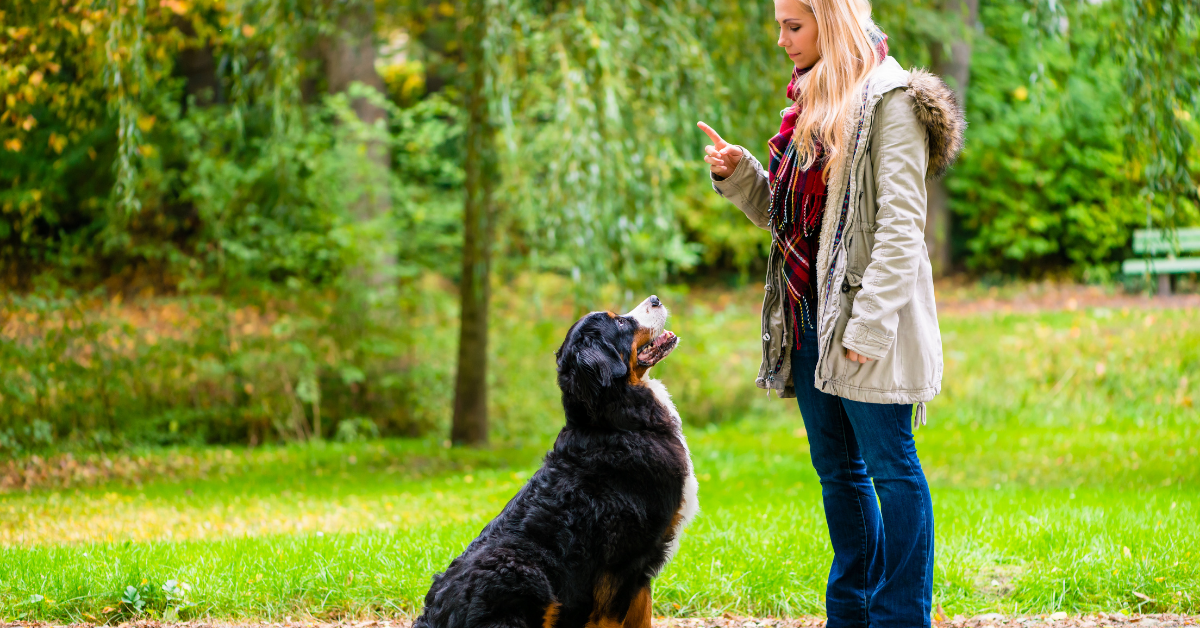
Whether it be medications such as Gabapentin, inappropriate foods, or other inedible objects, you can effectively prevent your dog from eating recklessly by keeping items far out of paw’s reach.
A good move would be to secure any and all containers and trash cans by making it a two-step process to open them.
It’s also beneficial to train your dog to stop taking food from the rubbish bin or from the dining table.
Alternatively, maintaining a consistent, quality diet and feeding schedule will help to make sure that your dog never feels the need to forage for food.
Always make sure that food is never left unattended, and don’t ever assume that your dog will only take a small bite out of any meat it is presented with. It is descended from a wolf, after all!
In Conclusion
Although chicken wings are undeniably delicious, I’m sure you don’t need me to tell you that your dog should not be swallowing whole pieces at once.
(Or, maybe you do.)
When food is not thoroughly chewed into pieces and the bones are yet to be removed, the opportunistic pooch will be at significant risks of choking and intestinal obstruction.
Furthermore, cooked chicken bones are more brittle than their raw counterparts. This means that cooked bones are more likely to splinter and injure the intestinal tissue once they are given a chance to swirl around in there.
After the ingestion incident, monitor your dog’s behavior closely and examine their stool over the next few days.
More often than not, your dog should be fine as chicken wings are soft and can be broken down in the digestive system.
If it does happen again in the future (fingers crossed for not!), remember above all else not to panic and to assess the situation.
There will always be a vet or animal hotline you can contact if you are particularly concerned about anything hazardous happening to your pup!
Heather Abraham is a professional blogger who owns two dogs, a cat, a parrot, and a leopard gecko. She has a connection with animals since she was a child. She shares her love for all pet breeds and provides information on pet food, toys, medications, beds, and everything else.
She is committed to learning about the internal workings of animals. Her work permits her to work closely with knowledgeable vets and obtain practical expertise in animal care. When she is not working, her love of animals continues in her writing. Her goal is to educate and uplift readers who also have a passion for animals through her writing.
